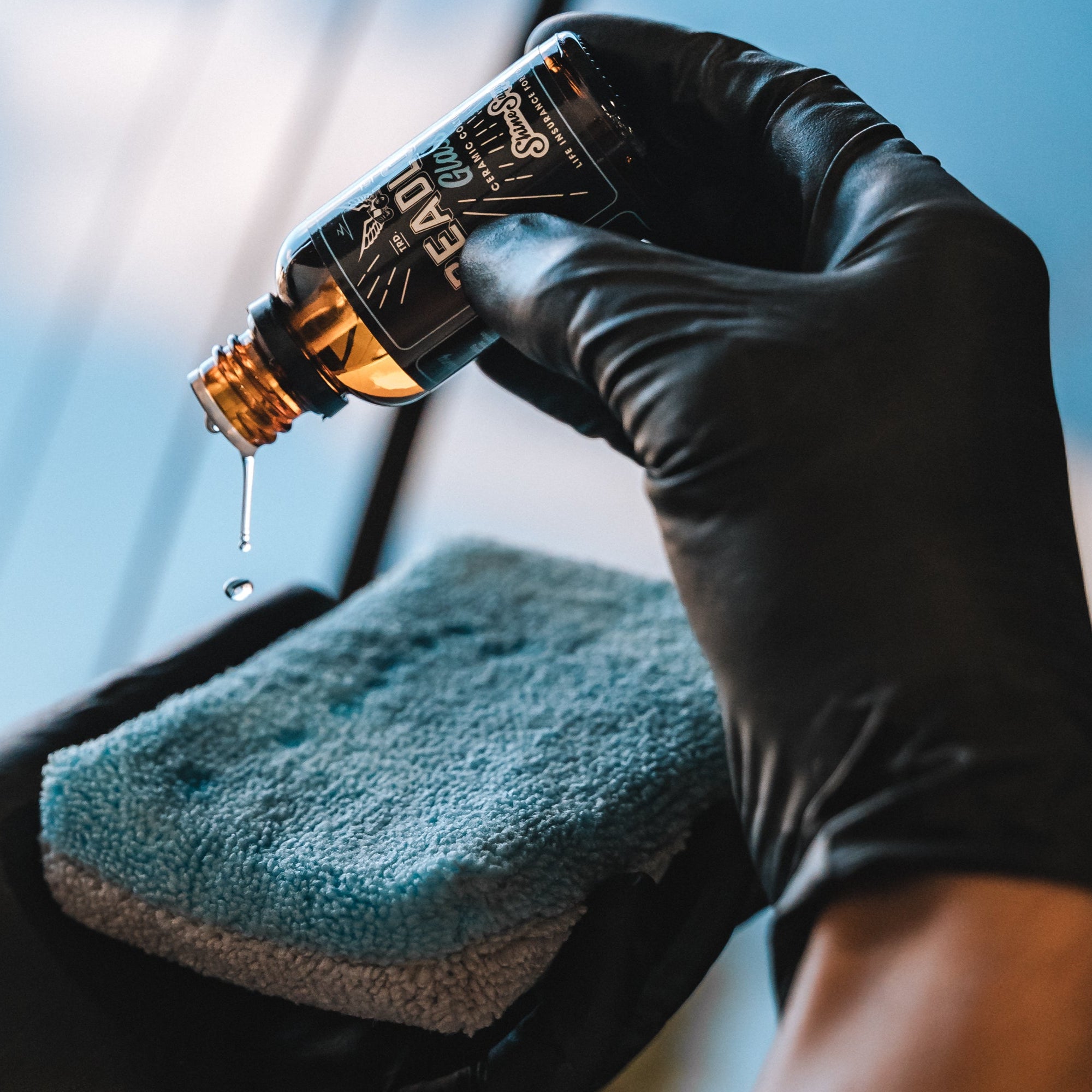Experience certified ceramic coating Sarasota for an ultra-glossy look.
Experience certified ceramic coating Sarasota for an ultra-glossy look.
Blog Article
A Comprehensive Guide to the Kinds of Ceramic Layer on the Market
Ceramic layers have emerged as a critical solution throughout different sectors due to their unique properties and applications. As we discover the distinctive attributes and applications of these coatings, the effects for performance and long life end up being progressively apparent, increasing questions about which type could finest fit your needs.
Comprehending Ceramic Coatings
Ceramic coatings are sophisticated safety services that have actually gotten popularity in various industries, particularly in automotive and aerospace applications. These layers include a liquid polymer that, when cured, forms a resilient, hydrophobic layer on the surface of the substratum. This layer offers improved resistance to ecological contaminants, UV radiation, and chemical direct exposure, thereby prolonging the life and visual appeal of the underlying material.
The basic part of ceramic coverings is silica, which adds to their hardness and durability. The application procedure commonly entails surface preparation, application of the covering, and healing, which can be achieved via warm or UV light. Once treated, ceramic coverings show exceptional bonding buildings, enabling them to stick strongly to a variety of surfaces, including metals, plastics, and glass.
Along with their safety attributes, ceramic coatings additionally use ease of maintenance. Their hydrophobic nature minimizes the adherence of dust and grime, making cleaning less complex and less frequent. Overall, the fostering of ceramic finishings represents a significant development in surface defense technology, offering both functional and aesthetic advantages across several sectors.
Types of Ceramic Coatings
Numerous sorts of ceramic layers are available, each made to meet certain performance requirements and applications - ceramic coating sarasota. One of the most typical types include:
Silica-based Coatings: These finishes mainly include silicon dioxide and are understood for their toughness and chemical resistance. They are extensively used in automotive and industrial applications.
Titanium Dioxide Coatings: Renowned for their photocatalytic residential properties, titanium dioxide finishings are often used in atmospheres where self-cleaning and antifungal residential or commercial properties are preferable, such as in building products and automobile surfaces.
Zirconia Coatings: Identified by their high-temperature stability and thermal resistance, zirconia coverings are utilized in applications such as turbine engines and high-performance automobile elements.
Alumina Coatings: Displaying exceptional firmness and thermal security, alumina layers are regularly used in wear-resistant applications, including reducing devices and industrial equipment. - ceramic coating sarasota
Crossbreed Coatings: Combining the buildings of different materials, hybrid coverings supply boosted performance characteristics, making them ideal for one-of-a-kind and demanding applications.
Each type of ceramic coating serves distinct purposes, enabling individuals to select the most suitable solution based upon specific ecological conditions and efficiency needs.
Benefits of Ceramic Coatings
Ceramic finishings, in certain, offer many advantages that make them significantly preferred among makers and consumers alike. These coatings are resistant to scratches, chemicals, and UV rays, guaranteeing that the underlying surface area remains secured over time.
In addition to longevity, ceramic layers supply outstanding hydrophobic properties, enabling very easy cleansing and upkeep. This water-repellent find out nature reduces the adherence of dust, crud, and other contaminants, which can extend the aesthetic charm and performance of the surface. Ceramic coverings can dramatically improve thermal resistance, making them suitable for applications that sustain high temperatures.

Application Process
When applying ceramic coverings, a precise technique is vital to accomplish ideal outcomes. The application process normally starts with comprehensive surface area preparation. This entails cleaning, decontaminating, and brightening the surface area to eliminate all contaminations, including dirt, oil, and prior waxes or sealants. A clean surface makes certain proper bond of the finish.
As soon as the surface area is prepped, the following action is to apply the ceramic coating. This can be done using an applicator pad or a microfiber fabric, guaranteeing also insurance coverage. It is important to work in small areas to preserve control and protect against early treating. The covering should be applied in slim layers, as thicker applications can lead to uneven finishes.
After application, the coating needs a specific treating time, generally ranging from a couple of hours to a complete day, depending on the item. Complying with these actions vigilantly will maximize the efficiency and longevity of the ceramic covering, providing a resilient helpful site safety layer for the surface area.
Maintenance and Long Life
To guarantee the durability and effectiveness of a ceramic finish, normal maintenance is crucial. Ceramic coverings, known for their toughness and safety high qualities, require specific treatment regimens to maximize their lifespan and performance.
In addition to regular washing, periodic evaluations are critical. Seek indicators of wear or damages, such as hydrophobic homes reducing or surface area imperfections. If needed, a light gloss may be applied to renew the layer without stripping it away.
Furthermore, the application of a booster spray can enhance the layer's hydrophobic results and restore its gloss. This is specifically advantageous for coverings that have been in use for a prolonged duration. Eventually, by sticking to these maintenance methods, one can significantly expand the life of a ceramic finish, ensuring that it proceeds to supply ideal protection versus environmental elements and keep the aesthetic allure of the vehicle.
Final thought

Report this page